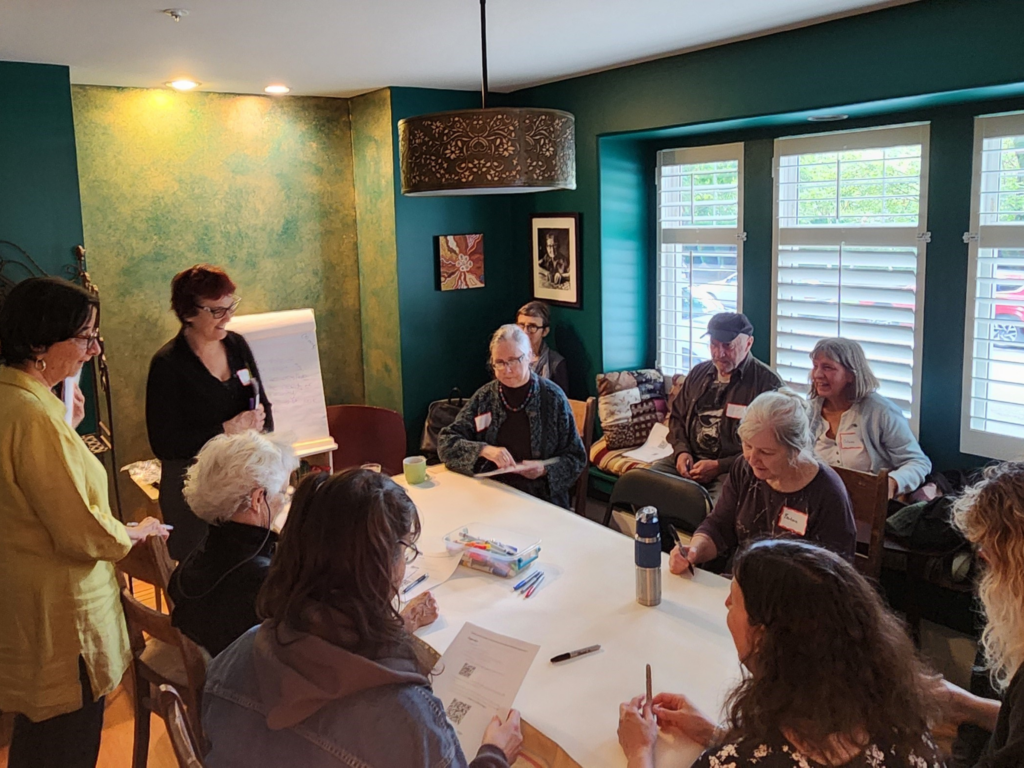
Leadnow Housing Campaign: Policy Input Process
As part of developping Leadnow’s housing campaign, we have identified a 3 step plan to win the bold housing solutions we need:
- Create a shared vision for housing solutions through our in-person community conversations and housing policy survey
- Build people-power behind our platform, which will involve engaging more people who are concerned about the housing crisis
- Take our platform to politicians in our thousands, and do what Leadnow does best – use people-power to build public pressure through petitions, emails, phone calls and engaging our neighbours to fight for the solutions we need.
With an issue as big as the housing crisis, it’s likely many of these solutions will have to happen at once!
The input gathered from the survey and in person community conversations will go back into Leadnow’s housing strategy and help shape our community priorities for what we bring to politicians.
Examples of Housing Policies:





